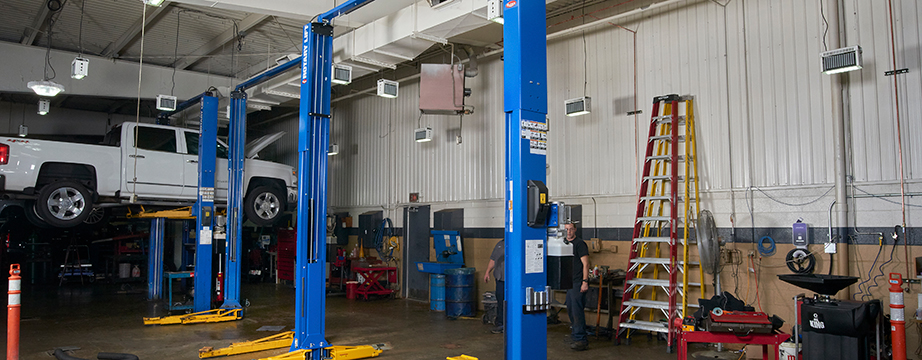A Detailed Strategy to Enhancing Performance With Strategic Lift Fixing Strategies
A methodical and calculated approach to lift repair service and upkeep is imperative to maximize performance and decrease downtime. By addressing usual lift concerns, applying proactive upkeep steps, and developing targeted repair service strategies, facilities can enhance their lift systems to operate at peak performance degrees.
Relevance of Lift Performance Optimization
Comprehending the importance of maximizing lift performance is essential for ensuring dependable and reliable upright transport systems in numerous structures and structures. Lifts are crucial elements of modern-day infrastructure, providing upright movement for residents and goods within structures of varying heights. By enhancing lift efficiency, building proprietors and facility supervisors can improve customer experience, boost energy efficiency, and boost overall operational efficiency.
Reliable lift efficiency optimization includes different factors, including speed, ability, power safety and security, upkeep, and intake demands. Properly optimized lifts can reduce wait times for customers, particularly in high-traffic structures, resulting in boosted fulfillment and performance. In addition, maximized lifts contribute to energy cost savings by utilizing innovative control systems and modern technologies that reduce power usage without compromising performance.

Identifying Common Lift Issues
Identifying usual lift issues is vital for keeping the operational effectiveness and safety and security of vertical transportation systems in structures. Identifying these issues can assist protect against malfunctions, decrease downtime, and prolong the life-span of the lift equipment. One common issue that structure supervisors and maintenance groups often run into is irregular or jerky movements during operation. This problem can be a measure of problems with the lift's motor, control system, or even the positioning of the lift auto.
One more common lift issue is unusual noises emanating from the lift shaft or equipment room. These noises can range from grinding or scraping sounds to loud clunking noises, every one of which might signify underlying mechanical concerns that need instant interest. Additionally, frequent door breakdowns, such as doors closed or shutting effectively, can interfere with the smooth circulation of travelers and position safety threats.
Applying Aggressive Upkeep Procedures
To maximize the performance and long life of lift systems, aggressive upkeep steps play a vital function in guaranteeing operational dependability and security. lift service company. Carrying out positive upkeep entails systematically inspecting, maintenance, and repairing parts prior to they fail, hence stopping costly downtime and potential safety hazards. Routinely set up assessments can help recognize minor concerns before they rise into significant problems, inevitably prolonging the life-span of lift systems
One secret facet of positive upkeep is creating an in-depth maintenance routine based on maker referrals and market ideal practices. This routine should detail jobs such as lubrication, alignment checks, and element substitutes at specified periods. In addition, executing problem monitoring methods, such as vibration analysis and thermal imaging, can assist detect early indications of wear or malfunction.
In addition, training maintenance staff on correct examination strategies and preventative upkeep treatments is important for the successful execution of proactive upkeep procedures. By promoting a culture of positive maintenance within a company, lift systems can operate at peak efficiency degrees, minimizing disruptions and making sure the safety and security of customers.
Establishing Targeted Repair Service Plans
Upon evaluating the maintenance records and performance information, the design group can develop targeted repair work strategies to enhance and resolve certain issues lift system functionality. These fixing strategies are customized to the recognized troubles, ensuring that resources are concentrated on solving crucial issues successfully. By focusing on fixings based upon their effect on efficiency and security, the targeted repair work strategies help minimize downtime and maintenance prices while making the most of the lift system's dependability.
Developing these plans involves a detailed evaluation of the lift system elements, consisting of motors, More Help cables, brakes, and control systems. Via this thorough evaluation, the design group can identify the origin of any type of breakdowns or deterioration in performance. This details is then used to develop a roadmap for the fixing process, describing the essential actions, timeline, and sources needed to address each issue successfully.
Additionally, targeted repair service plans might include preventative measures to boost the lift system's longevity and performance. By proactively dealing with possible continue reading this problems before they intensify, these strategies add to the total performance and safety of the lift system.
Using Data-Driven Insights
Utilizing the power of data-driven understandings is crucial in enhancing lift system efficiency and upkeep efficiency. These anticipating maintenance techniques help stop unexpected malfunctions, minimize downtime, and prolong the life-span of lift systems.

Conclusion
To conclude, maximizing lift performance is vital for guaranteeing performance and safety in structures. By recognizing common lift concerns, applying proactive upkeep procedures, establishing targeted repair work strategies, and utilizing data-driven insights, companies can boost performance and decrease downtime. It is necessary to take an extensive approach to lift repair techniques to maximize operational effectiveness and ensure the longevity of lift systems.
By attending to usual lift problems, carrying out positive maintenance steps, and creating targeted repair plans, facilities can optimize their lift systems to run at peak efficiency degrees.An additional widespread lift problem is weird sounds originating from the lift shaft or equipment room.Upon analyzing the upkeep records and performance data, the design group can establish targeted repair strategies to maximize and resolve particular problems lift system functionality. By prioritizing repair services based on their Discover More effect on performance and safety and security, the targeted repair work strategies assist decrease downtime and upkeep costs while taking full advantage of the lift system's integrity.
It is essential to take a detailed strategy to raise repair service methods to maximize functional efficiency and make sure the durability of lift systems.